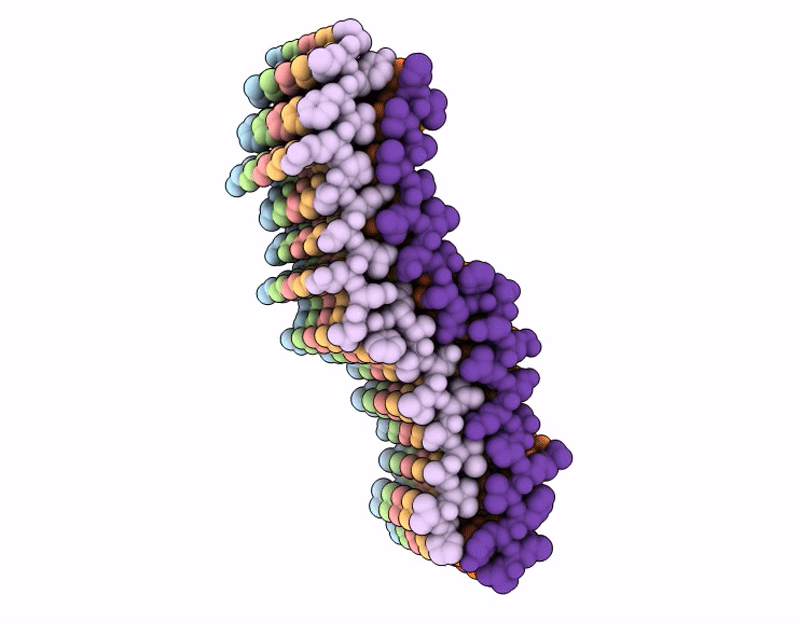
Deposition Date
2025-05-22
Release Date
2025-09-10
Last Version Date
2025-09-10
Method Details:
Experimental Method:
Resolution:
3.41 Å
Aggregation State:
PARTICLE
Reconstruction Method:
HELICAL


